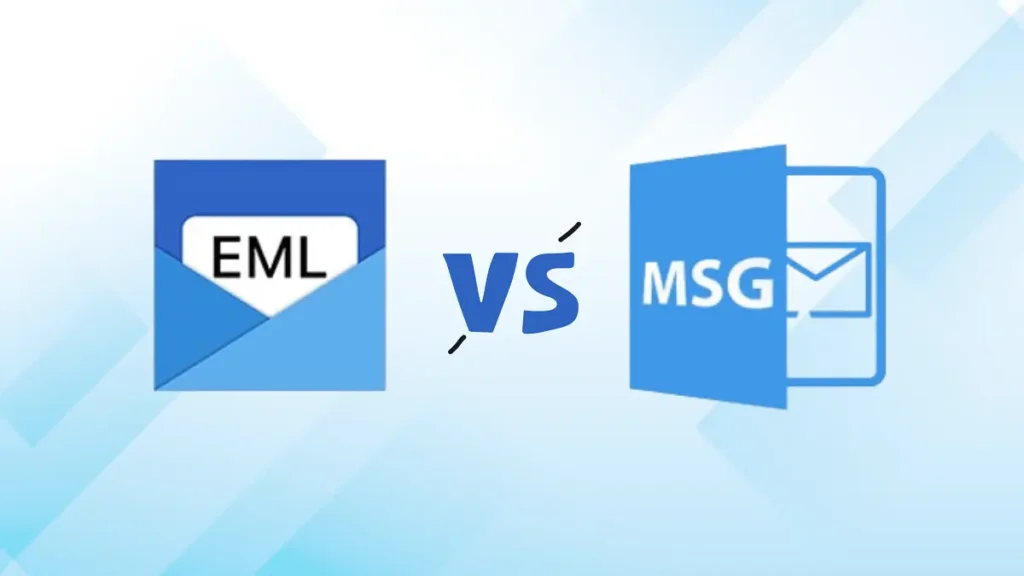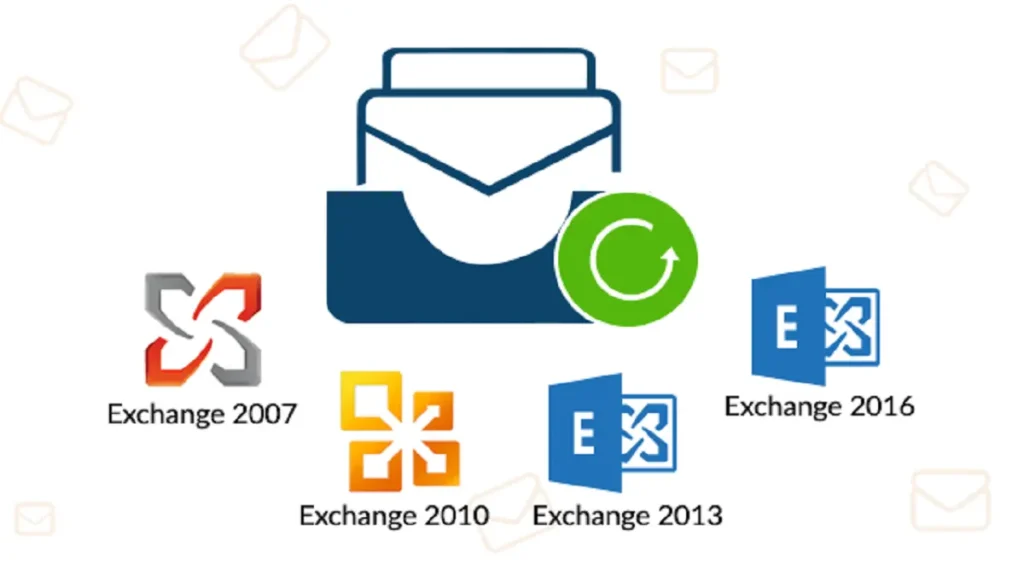Spam emails are a constant annoyance, but it gets even worse when you discover you’ve been signed up for a bunch of spam email lists you never wanted to be on. This email spammer revenge can leave you feeling frustrated and violated. But before you take drastic measures, fighting back against spam email sign-ups doesn’t have to involve anonymously signing someone up for spam yourself. Here are some safe and effective ways to get revenge on those pesky spammers.
1. Identify the Culprit: Unmasking the Email Spammer
The first step in your spam email revenge mission is to identify the culprit. Look closely at the spam emails you’ve been receiving. Sign up for spam links might be hidden within the email, or the sender’s address might give you a clue. Email spammers often use fake addresses, but sometimes they might accidentally reveal a legitimate one.
Here’s what you can do:
- Check the Sender’s Address: Look for any suspicious email addresses or domains.
- Examine the Email Content: Sometimes unsubscribe links or hidden text within the email can reveal the source.
- Search the Web: If you find a legitimate-looking email address, try searching it online to see if it’s been linked to spam activity.
While identifying the exact email spammer can be tricky, these steps can give you a lead.
2. Report the Spammer: Taking Down the Spam Empire
Once you’ve identified a potential email spammer, it’s time to report them. Here are some ways to do it:
- Report to Your Email Provider: Most email providers have a system for reporting spam. Forward the spam email to your provider’s designated spam reporting address.
- Report to Anti-Spam Organizations: Organizations like The Anti-Spam Coalition (https://www.sgkclaw.com/docs/anti-spam) accept reports of spam activity.
- Report to Law Enforcement: For particularly egregious cases, especially if the spam involves phishing or malware, consider reporting it to law enforcement.
By reporting the email spammer, you’re helping to create a safer online environment for everyone.
3. Unsubscribe and Fortify Your Defenses: Stopping the Spam Flow
Now it’s time to clean up the mess and prevent future spam email sign-ups. Here’s how:
- Unsubscribe from Unwanted Lists: Most legitimate email lists will have an unsubscribe option at the bottom of their emails. Use this to unsubscribe from any lists you didn’t sign up for.
- Be Cautious with Free Trials and Downloads: Read the fine print before signing up for free trials or downloading software. Email spammers often use these opportunities to collect email addresses and sell them to spammers.
- Guarding Your Email Address: Your email address is valuable. Be cautious about where you share it. Avoid public forums or websites unless absolutely necessary. Consider creating a separate email address for online subscriptions or low-priority accounts.
- Scrutinize Sign-Up Forms: When signing up for online services, carefully review the information you’re providing. Look for pre-checked boxes that sign you up for email lists. Uncheck any you don’t want. Read the privacy policy to understand how your information will be used.
- Regular Email Hygiene: Regularly clean up your inbox. Delete old emails you don’t need and unsubscribe from any unwanted mailing lists. Unresponsive or suspicious senders can be a sign of potential spam.
- Use Strong Passwords and Two-Factor Authentication: Strong passwords and two-factor authentication make it harder for hackers to steal your email address and use it for spam email sign ups.
Learn: How to Create Email Rules in Gmail to Control Your Inbox?
Conclusion:
By taking these steps, you can reclaim your inbox and make it harder for email spammers to target you in the future. Remember, getting revenge on email spammers doesn’t have to involve risky tactics. By reporting them, taking preventative measures, and cleaning up the mess, you can win back control of your inbox and make the internet a safer place for everyone.
Frequently Asked Questions:
Q. I accidentally signed up for a bunch of spam. How can I remove myself from these lists?
A. There are two main approaches:
Unsubscribe Directly: Most legitimate email lists will have an “unsubscribe” link at the bottom of their emails. Find these emails and unsubscribe one by one.
Use a Disposable Email Address Service: For low-priority accounts or services you rarely use, consider using a disposable email address service. These services provide temporary email addresses you can use to sign up and then discard, preventing spam from reaching your main inbox.
Q. I keep getting spam emails with my name on them, but I never signed up! How is this happening?
A. There are a few possibilities:
Data Breaches: Companies you’ve done business with in the past may have suffered a data breach, exposing your email address to spammers.
Email List Selling: Legitimate email lists can sometimes be sold to less reputable companies, leading to unwanted spam.
Typos or Misspellings: If someone accidentally mistyped their email address while signing up for a list, it could end up being yours.
Q. Is it safe to open spam emails to unsubscribe?
A. Generally, it’s best to avoid opening spam emails altogether. Clicking on links or downloading attachments within spam emails can expose you to malware or phishing scams. It’s safer to unsubscribe using the methods mentioned in question 1.
Q. I saw a website offering to “fight spam” by signing spammers up for other spam lists. Is this a good idea?
A. Absolutely not! This tactic, known as “spamming the spammers,” is ineffective and can even backfire. It can also violate the terms of service of many email providers.
Q. What are some good habits to develop to avoid future spam sign-ups?
A. Here are some key practices:
Be mindful of where you share your email address.
Scrutinize sign-up forms and uncheck unwanted email list boxes.
Use strong, unique passwords and two-factor authentication for all online accounts.
Regularly clean up your inbox and unsubscribe from unused mailing lists.
Be cautious of free trials and downloads that seem too good to be true.




